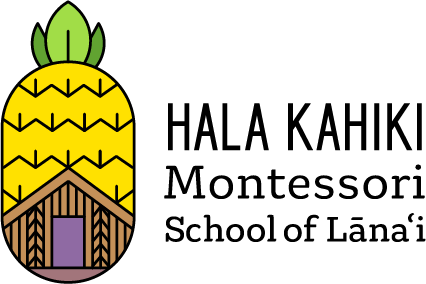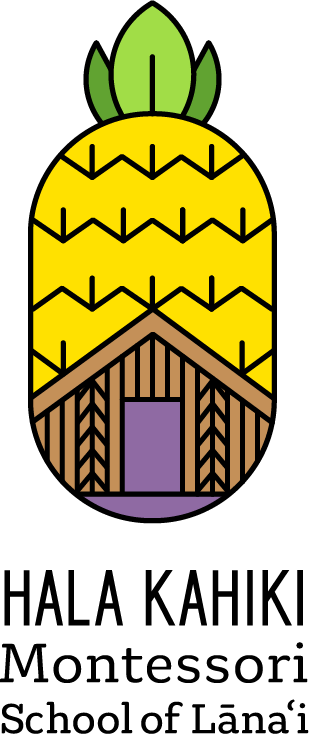As natural and unavoidable parts of life, conflicts provide opportunities to learn and grow. For young children who are just learning how to communicate, parents can teach their children how to peacefully navigate conflict by modeling behaviors that emphasize respect for themselves and others. This builds in them a foundation of social-emotional skills that will serve them well throughout life.

The Role of the Adult. As adults, when we see children engaged in conflict, we need to acknowledge the moment as an opportunity to teach skills. Often, conflict triggers our own emotions; but what we need to remember is that their behavior is not happening to us but, rather, it is happening in front of us. This deliberate shift in mindset provides the opportunity to "find your calm" so you can effectively guide children through their emotions and the conflict itself. Modeling a state of calm and creating a safe environment is key.
It's also important to recognize the developmental stage of the child. Children between the ages of 3 and 6 are still developing vocabulary and their ability to communicate needs and feelings. Remember that they are not thinking and acting with the experiences and knowledge of an adult, nor are they perceiving the situation in the same way as an adult does. Recognize, also, that your behavior and response to a child’s conflict has an impact on them. Finding your calm before engaging in conflict resolution guidance is paramount. Modeling a state of calm will help children find their calm.

When Conflict Happens. The Conflict Resolution Rainbow, created by Montessori Teacher Virginia Lozuke, provides a helpful visual to guide children on conflict resolution, both in the classroom and at home.

Red: Conflict erupts. Emotions are running high. This is a state I refer to as being “flooded"...the individuals involved are often so flooded with emotions that they aren’t able to hear what others are saying. The questions parents commonly ask in the moment are, “Why did you do that?" or "What were you thinking?” A child is not able to answer these questions and they often lead to feelings of blame and shame. The first step is to create calm. This can mean finding a safe place to breathe (not a time-out). If a child is hurt, you must tend to the injury first: “I see Joey is hurt, let’s see what he needs.” And give the other child opportunities to help: “Can you get a tissue?” or “Can you tell another adult that we need an ice pack?”

Orange: Gather information. With guiding questions, find out what happened. “I see you're angry, can you tell me why?” For the young child, giving them the vocabulary for the emotions they are experiencing is key: “Tim’s face looks frustrated." Highlighting each child’s body language brings awareness on how to read another’s emotions.

Yellow: Find space and time to meet up. By making a special time to have a peace talk, you are giving the child the strong impression that this is important. In our classroom, we meet on the mandala rug and use the peace rose to aid the talk. You also may need to wait until you are in a different, safer place or after the children are feeling calm and injuries have been addressed.

Green: Name harms and needs for repair and make amends. "I statements" are powerful tools. They take the blame away and, in its place, create opportunities to communicate how actions affected them: “I felt sad when Tim grabbed my ball.” And, “I wanted to play with the ball, but Joey got it first.” Then, model active listening by restating what was said: “I hear Joey saying he was sad when you took his ball. And I hear Tim saying that he was also interested in playing with the ball.” Then, guide them to find practical solutions that they can use next time.
The naming of harms and needs fades into making amends. Often, an adult will instruct a child to apologize to another child without understanding how both parties are feeling. The other child is then often instructed to say, “It’s OK.” This gives the wrong message because it tells them that what they did was OK and dilutes the meaning of the words, “I’m sorry.” Making amends, on the other hand, offers them the understanding that what happened was hurtful and gives them an opportunity to make it better in the moment or by changing future behavior. This requires your help and guidance as they learn the vocabulary. Instead of saying “It's OK,” help the child find a way to share what they need next time: “Thank you for your apology. Next time, will you ask before you grab the ball?”

Indigo and Violet: Individual follow-up and community care. Many children will fear blame or shame during conflicts. It’s important to observe them and talk to them individually later. “That was a challenging situation; it can be hard to make amends, do you need a hug?” Ongoing community care promotes an environment of peaceful conflict resolution; by reading books and stories that highlight the skills or by talking about situations during a peaceful time children can be more receptive when in the moment.

In Conclusion. The Number One way we can work on our family and classroom communities is by modeling peaceful conflict resolutions as adults. This also means being OK with not being perfect: “I was angry and did not respond kindly to that man. I could do it differently next time by remembering to take five deep breaths before talking.” Children need to understand that we are all learning and, just because they may have made a poor decision in the moment, they are not bad. Parents need to be gentle with themselves and recognize that they are doing the best they can with the tools they have.
About Hala Kahiki
Designed for children 18 months – 6 years, Hala Kahiki is the first and only authentic Montessori school on Lāna’i. Under the guiding influence of specially trained teachers, children work with multi-sensorial materials to help them learn to think critically and become well-rounded global citizens. We would love to partner with you to give your children the best-possible early childhood education; please let us know how we can help you achieve your goals for your child.




